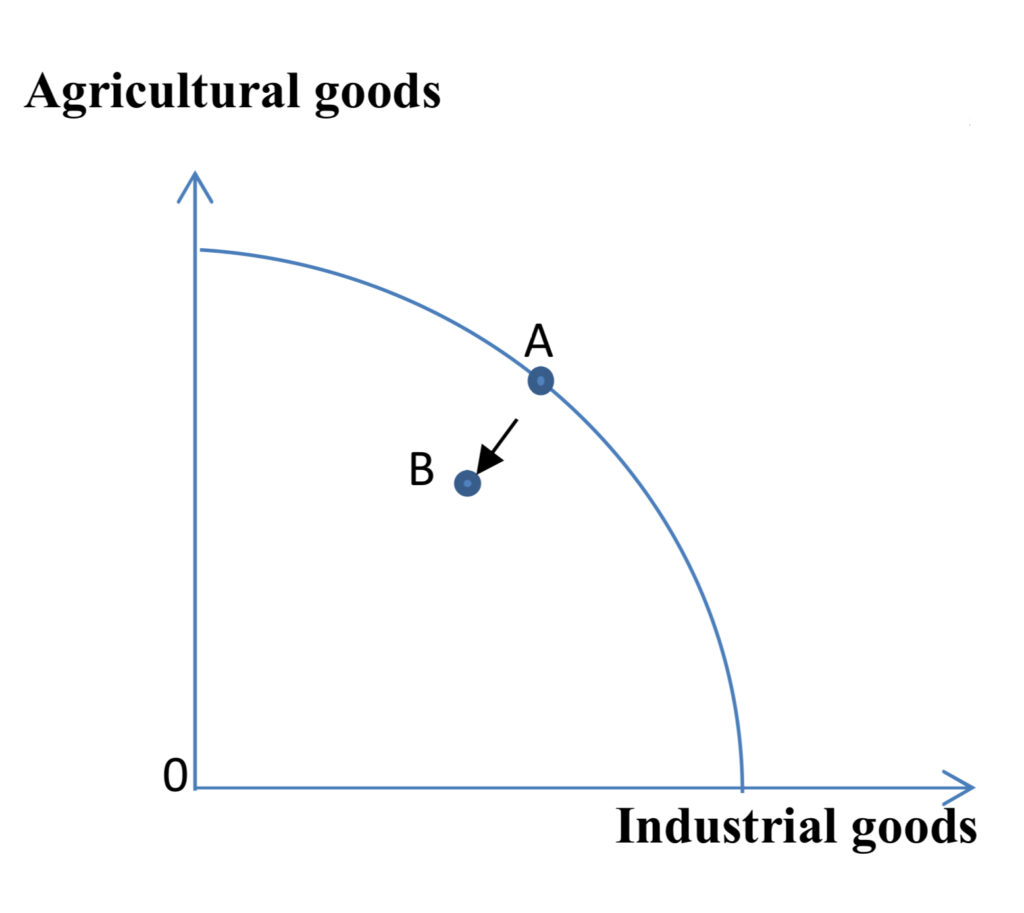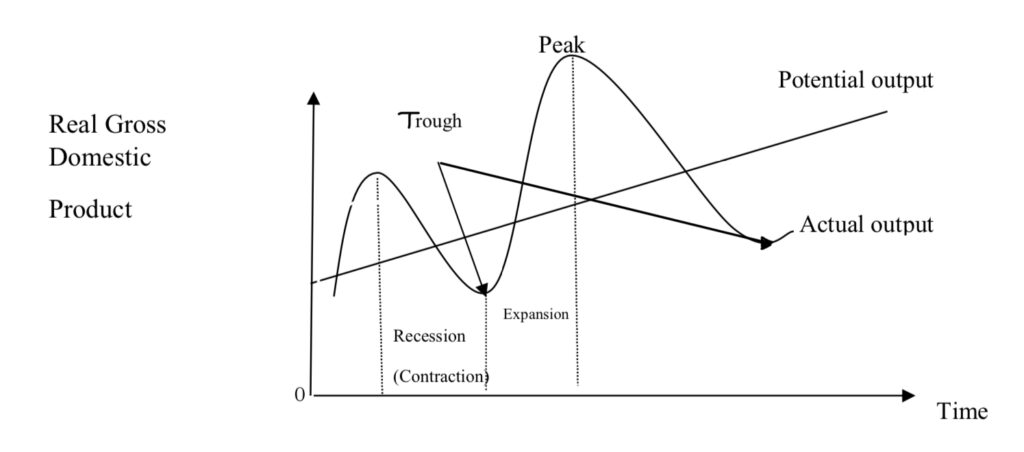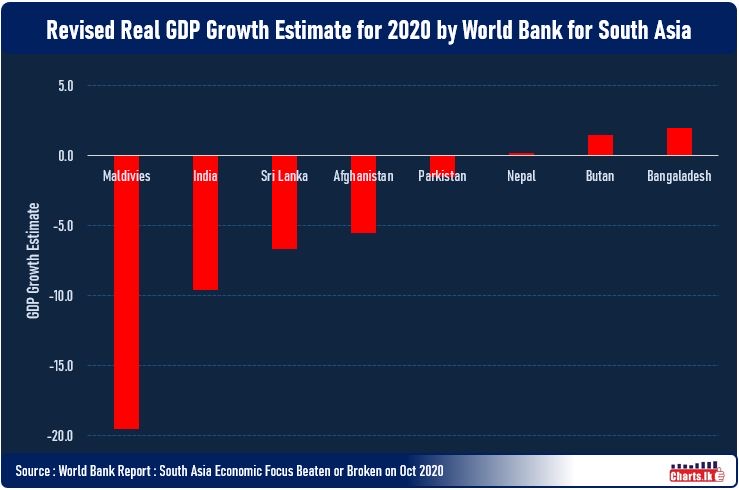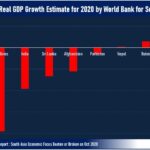March 25, 2020 0 Comments
What is a recession?
Economic recession means decreasing of production due to decrease in demand for goods and services in an economy. This is a short term phenomenon (typically for consecutive 2 quarters) and unemployment situation increases with it.
Further, we can define this as a significant decline in economic activity spread across the economy. This will last more than a few months, normally visible in real GDP, real income, employment, industrial production, and wholesale-retail sales.
Rising oil prices can be a major reason for a recession. Sudden spike in oil prices due to a geopolitical crisis might simultaneously raise costs across many industries. Higher production costs will result in higher market prices for goods and services. This will decrease the aggregate demand.
There is no change in factor endowment or technology due to a recession. Therefore, recession can be shown by an inward shift of a production point of a production possibility curve.

Business cycles can also be used to understand the relationships between the short term and long term behavior of the macro economy.
Cyclical behavior of the real gross domestic product of an economy with time is called business cycle.

The stage which moves from peak to trough is called recession.
Can COVID-19 bring about a recession?

The spread of the COVID-19 epidemic and the resulting public health lock-downs in the economy in 2020 are an example of the type of economic shock that can bring about a recession.
As per the above chart, South Asia is set to crash into its worst-ever recession due to the impacts of COVID-19. World Bank forecasts a sharper economic crash across the region, with regional growth expected to contract by 7.7% in 2020, after topping 6 percent annually in the past five years. Regional growth is projected to rebound to 4.5% in 2021.
In previous recessions, falling investment and exports led to a downturn. This time is different, as private consumption, traditionally the backbone of demand in South Asia and a core indicator of economic welfare, will decline by more than 10%, further spiking poverty rates.
These recessions are not abnormal phenomenons in current economic systems. Over 1960-2007 period, 21 developed countries faced 122 recessions as per reports.


Recent Comments